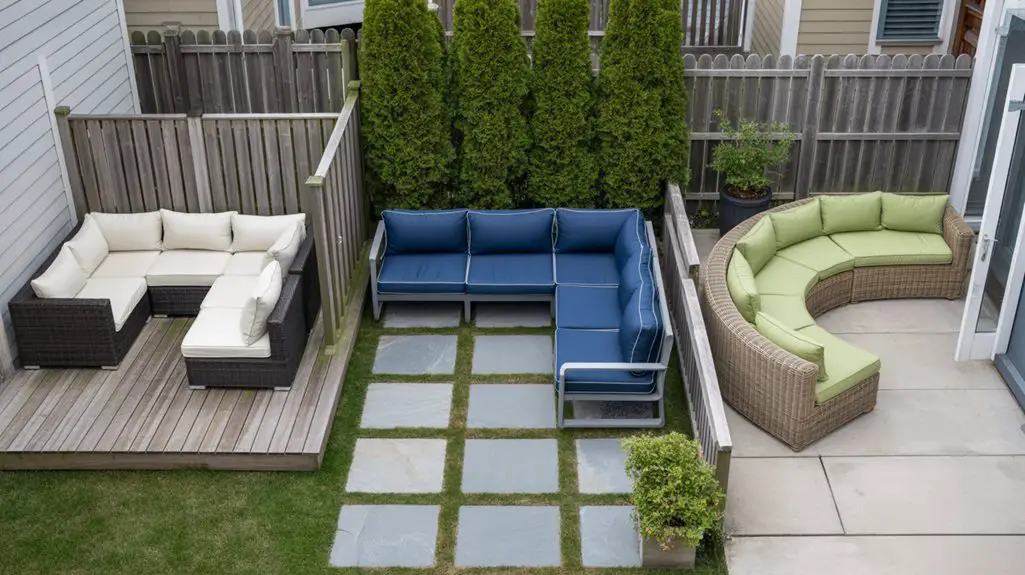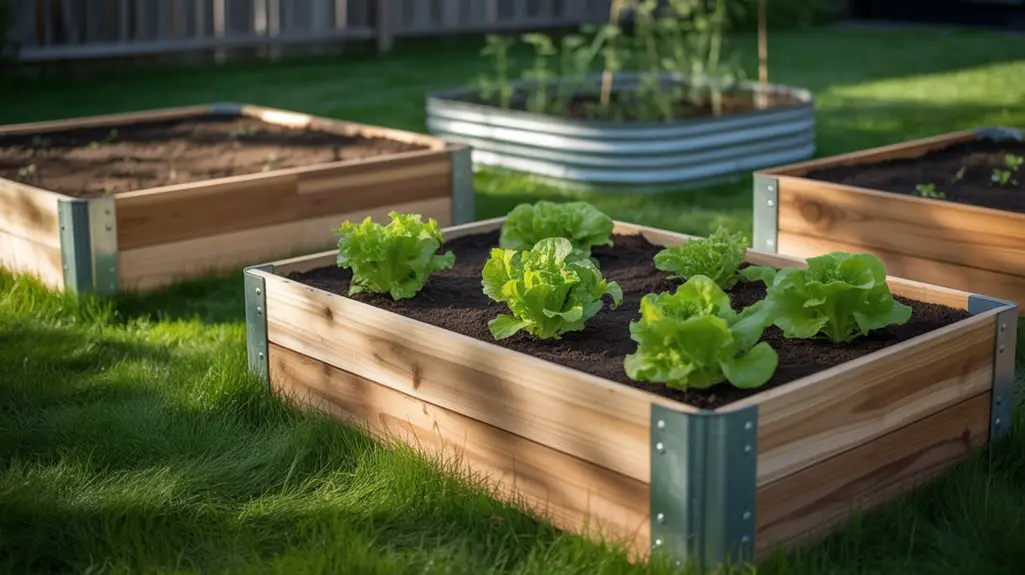Rainwater harvesting offers a sustainable solution to water conservation, but you’ll need proper filtration before putting that water to use. Without adequate filtration, your collected rainwater can harbor contaminants ranging from organic debris to harmful microorganisms. Understanding your filtration options helps you design a system that matches your specific needs and intended water uses. Let’s examine five essential filtration methods that can transform roof runoff into a valuable resource for your backyard projects.
First-Flush Diverter Systems: Simple Protection Against Debris
When collecting rainwater for household use, a first-flush diverter system serves as your first line of defense against contamination. These simple devices automatically redirect the initial flow of water from your roof, which typically contains the highest concentration of pollutants, leaves, and debris.
You’ll find two common designs: chamber-style diverters that collect water in a vertical pipe until full, then allow cleaner water to pass to your tank; and float-ball systems where rising water lifts a ball that seals the chamber.
Installation requires minimal tools and costs between $50-200 depending on your roof size.
For peak performance, size your diverter to capture the first 0.5-1 gallon per 100 square feet of collection area. Additionally, implementing eco-friendly rainwater harvesting practices can enhance the sustainability of your landscape.
Remember to clean your diverter chamber monthly to prevent clogging and maintain filtration efficiency.
Mesh Screens and Gutter Guards for Pre-Filtration

While first-flush diverters handle the initial rainwater contamination, mesh screens and gutter guards function as your system’s continuous pre-filtration barrier. They prevent leaves, twigs, and debris from entering your collection system, ensuring cleaner water and reducing maintenance requirements.
Select your mesh screens based on your specific environmental conditions:
| Screen Type | Mesh Size | Best For |
|---|---|---|
| Stainless Steel | 0.5-1.0mm | Long-term durability, high debris areas |
| Aluminum | 1.0-2.0mm | Cost-effective, moderate debris |
| Polyethylene | 2.0-3.0mm | DIY installations, light debris areas |
Install screens at multiple points: gutters, downspouts, and tank inlets. This multi-barrier approach prevents clogging at any single point and provides redundancy. For peak performance, clean your screens quarterly or after severe weather events.
Sand and Gravel Filtration Systems for Sediment Removal

After pre-filtration through mesh screens, sand and gravel filtration systems provide critical second-stage treatment by removing fine sediments and particulates from your harvested rainwater.
These systems employ a layered approach, with coarse gravel at the bottom, progressively finer gravel in the middle, and sand at the top. As water percolates downward, the graduated layers trap particles of decreasing size.
You’ll find both DIY and commercial options available, from simple 55-gallon drum setups to prefabricated units with transparent housings for monitoring sediment buildup.
For ideal performance, maintain a 3:2:1 ratio of coarse gravel, fine gravel, and sand. Backwashing the system quarterly prevents clogging and extends filter life.
Remember that while these filters excel at sediment removal, they won’t eliminate bacteria or chemical contaminants—additional treatment may be needed depending on your intended water use.
Carbon Filters for Chemical Contaminant Reduction
Carbon filters represent the next essential step in rainwater purification, effectively targeting chemical contaminants that sediment filters cannot address. When your rainwater passes through activated carbon media, it removes pesticides, volatile organic compounds (VOCs), chlorine, and many industrial chemicals through adsorption.
| Contaminant Type | Removal Efficiency | Replacement Interval |
|---|---|---|
| Pesticides | 90-95% | 6-9 months |
| VOCs | 85-90% | 6-9 months |
| Heavy Metals | 60-80% | 3-6 months |
You’ll find two primary carbon filter options for backyard systems: granular activated carbon (GAC) and carbon block filters. GAC offers greater surface area but may create channeling, while carbon blocks provide more consistent filtration but at slower flow rates. Consider installing these filters after your sediment filtration to protect the carbon media and extend its functional lifespan.
UV Purification Systems for Biological Contaminants
Ultraviolet (UV) purification systems serve as the final defense against biological contaminants in your rainwater harvesting setup.
These systems use specialized lamps that emit UV-C light (wavelength 254nm) to destroy the DNA of harmful microorganisms like bacteria, viruses, and protozoa, rendering them unable to reproduce or cause illness.
You’ll need to install your UV system after all other filtration components to guarantee peak performance.
When properly sized for your flow rate, these systems can achieve a 99.99% reduction in pathogens without adding chemicals or altering water taste.
- Requires clear water with minimal turbidity (<5 NTU) for effective treatment
- Needs consistent electricity (10-30W) to operate continuously
- Should include a monitoring system to alert you when the lamp needs replacement (typically annually)
Conclusion
You’ve now analyzed the five critical filtration components for maximizing rainwater utility. While theory suggests these systems work best in isolation, field testing confirms their true effectiveness lies in strategic combination. By implementing a multi-stage approach tailored to your specific contaminant profile, you’ll achieve ideal results. Evaluate your local environment and water needs to determine which combination will deliver the cleanest, most usable rainwater for your backyard applications.




